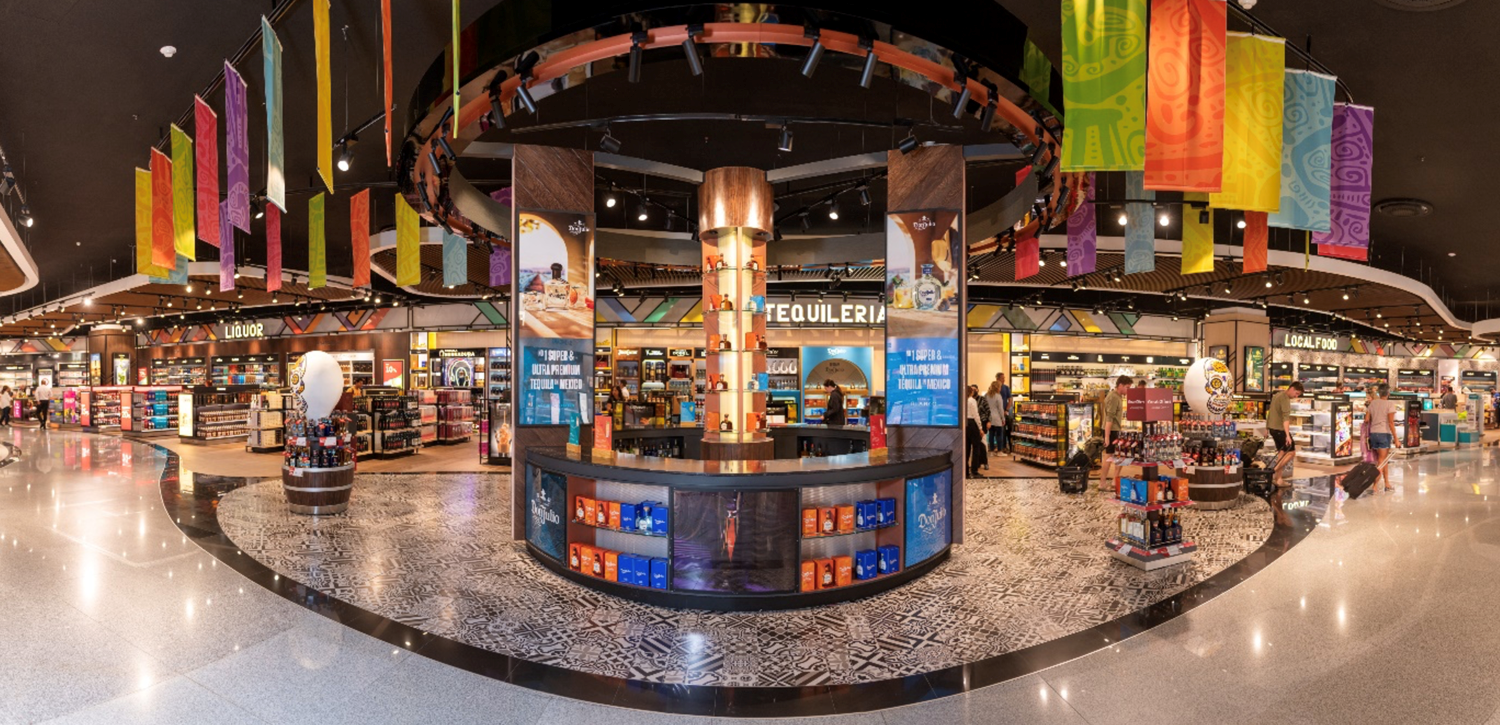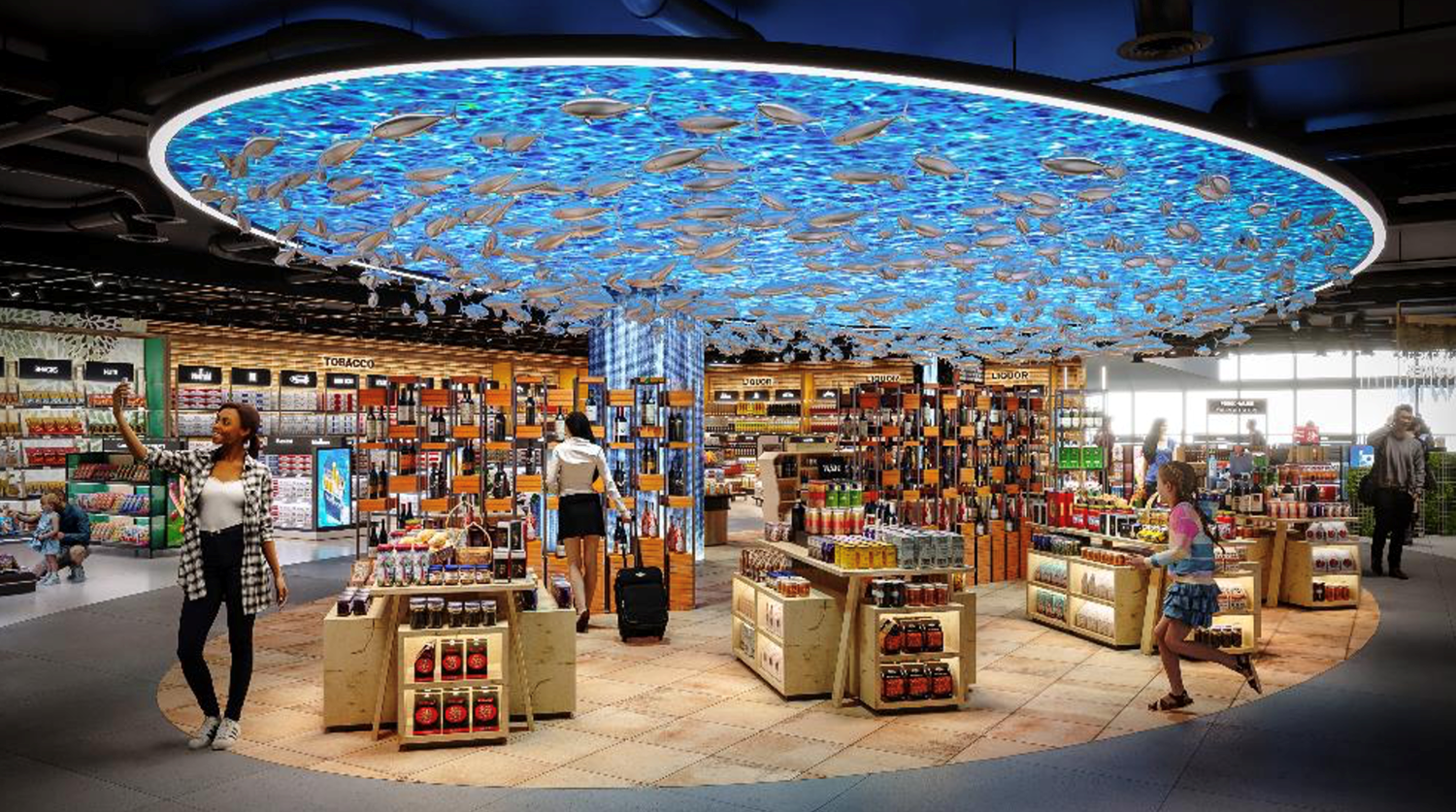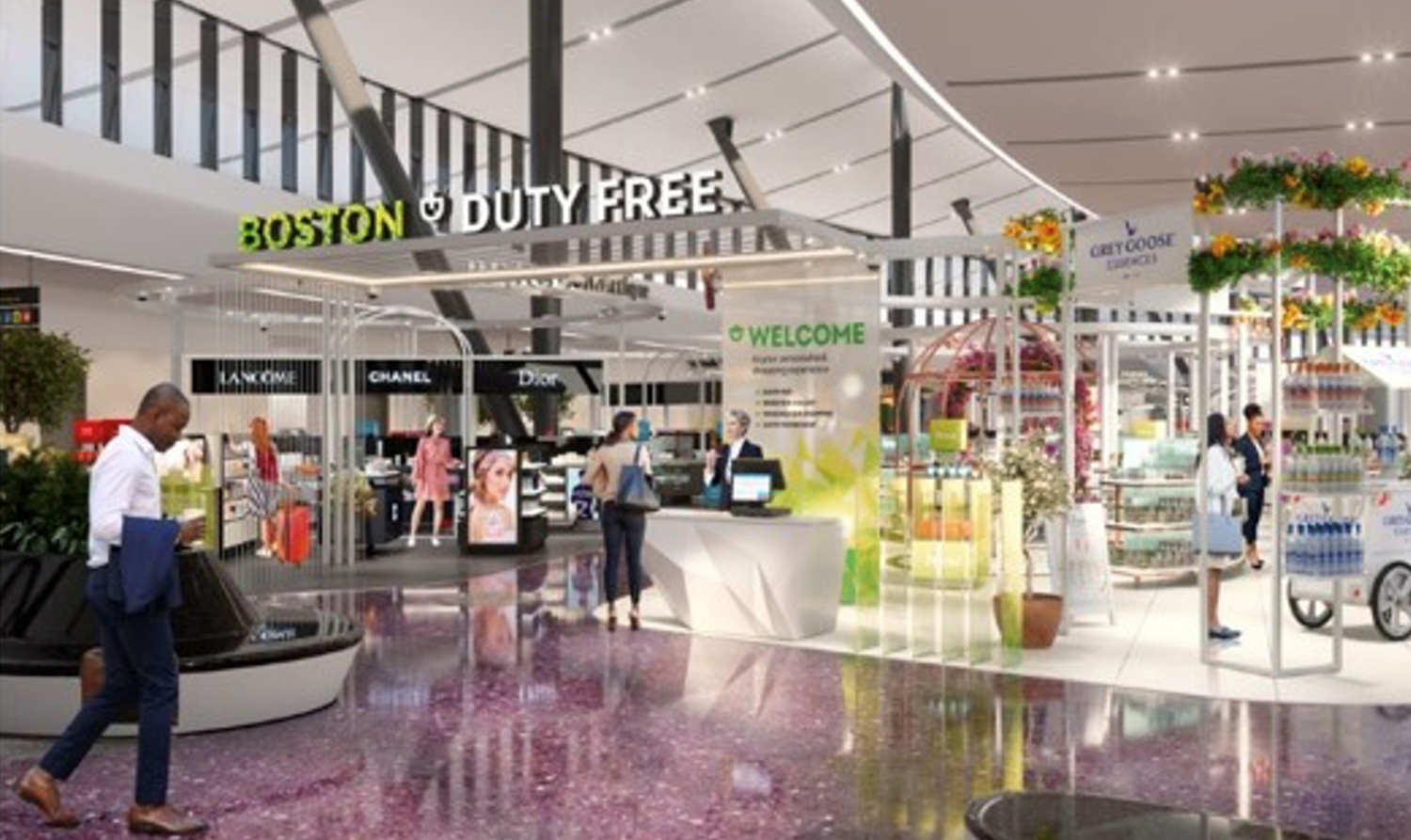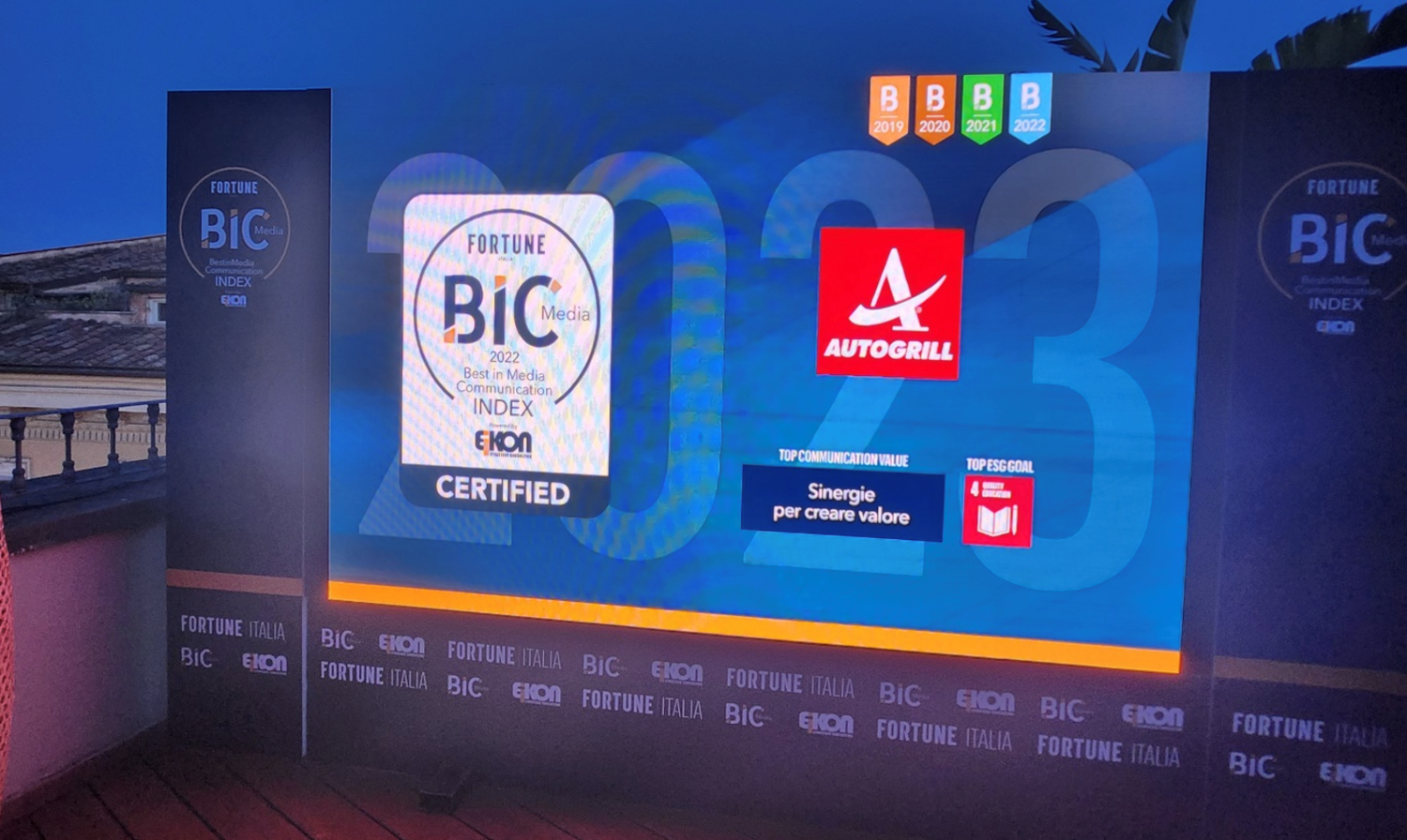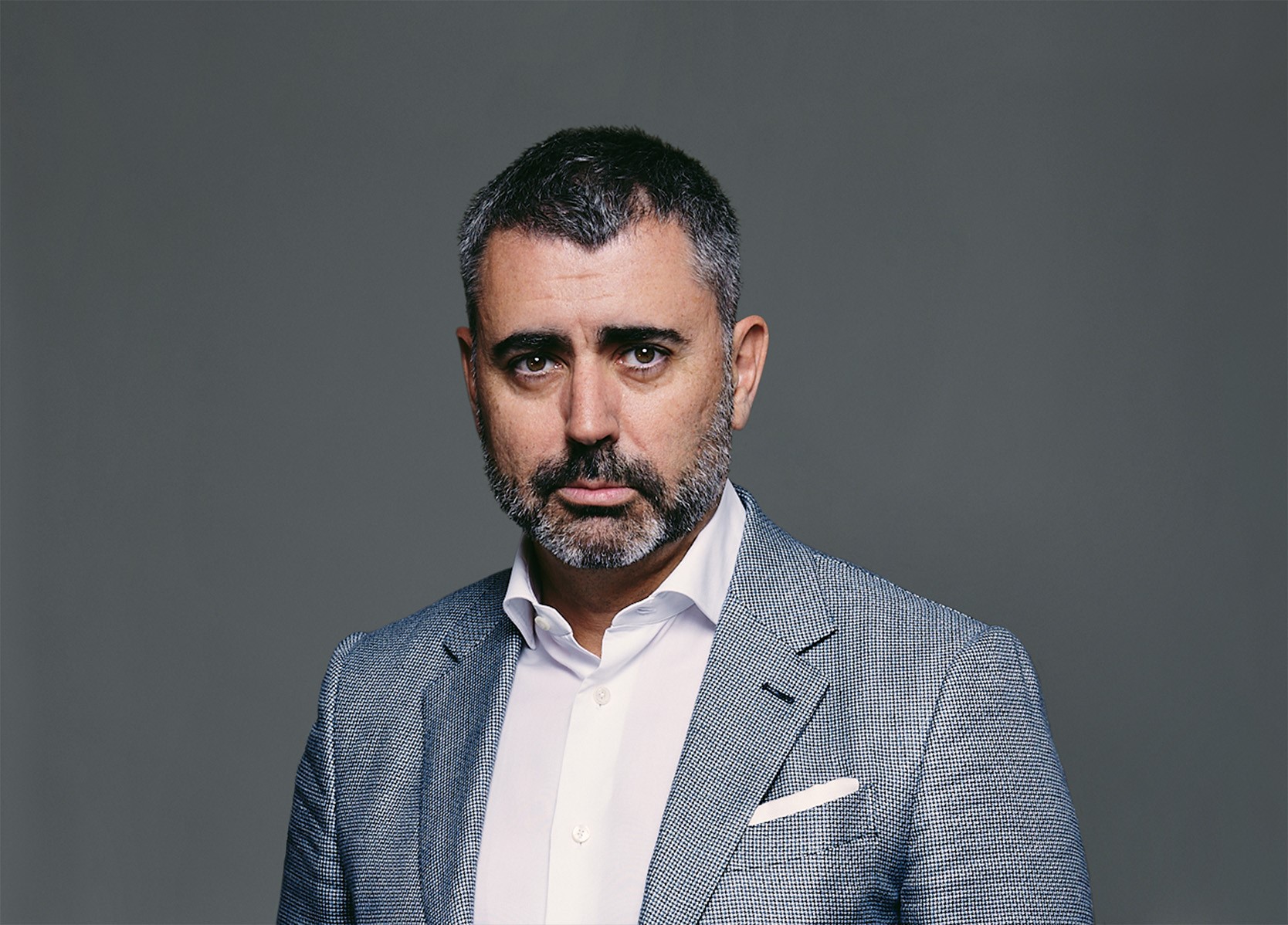Issue 43 - July 2022
The Shop Development Marathoner
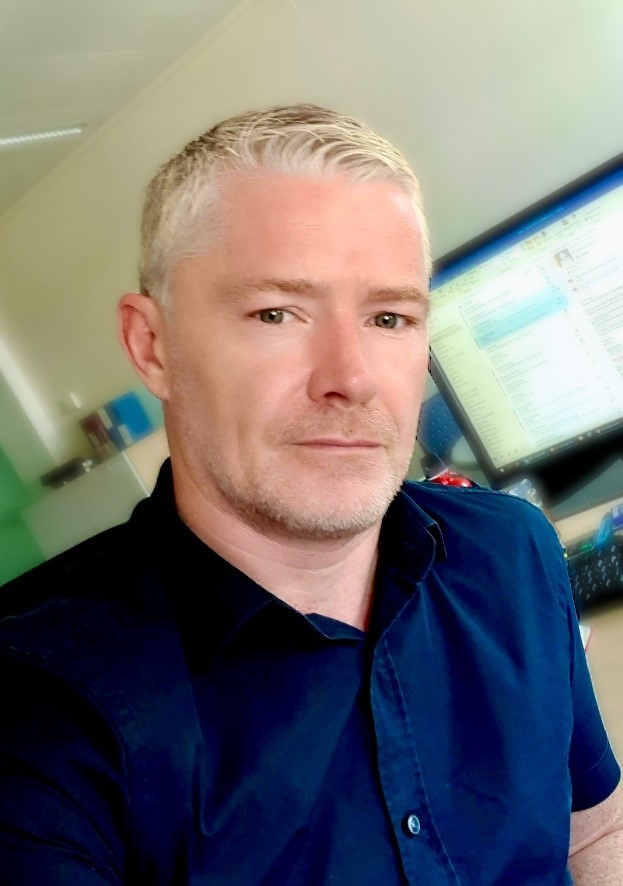
“New store inaugurated”. “Store refurbished”. We are used to reading these words frequently, but we often overlook the work behind them. Developing (or re-developing) a store is a kind of triathlon, combining long distance running, the mastering of several competencies… and, yes, some creativity when it comes to facing challenges. Thomas McCrave, Dufry´s Global Shop Development Director, shares his experience of more than two decades building stores with us. Born in Limerick, Ireland, Thomas currently lives in Zurich, surrounded by the mountains and countryside that permit him to enjoy long-distance running, cycle touring and triathlons.
By Jorge Muñiz
Help us understand a little bit about the role of shop development. Can you briefly describe the whole process shop development?
Shop development is part of the Commercial function and we provide support to the commercial team by managing the process of developing store layouts, concept design, construction and cost management of all of our store development projects globally. The complete process for developing a large or medium sized store is a lengthy one that requires the involvement and collaboration of various departments within the company.
A typical project begins with commercial input from our local teams and the commercial directors. This input includes customer understanding from our Customer Insights team and identifying new brands and product ranges that will deliver improved sales performance for the store. From this point onwards, a sales projection and business plan are made, showing a clear split of the space in percent for each category, which together with the constraints of the shop space (no two of our shops are the same in terms of space and configuration) helps us to prepare our initial shop plan. This is a key part of the process to ensure that we well organize the space and customer flow within the store. We do this with the objective of ensuring the correct category allocation, category adjacencies and that the presentation and exposure of brands and products are maximized. In addition, with our colleagues in Marketing and Digital, we identify the key locations throughout the store for highlighting promotions, event spaces and tasting bars, along with identifying key areas to install screens and digital touch points so that we can optimally interact with our customers.
We then engage with external design agencies to develop a design concept for the project. The concept design is usually based on the location and this helps to create a sense of place for the store. Once the design project is approved, both internally and by our Airport Partner, we proceed to a more technical development of the shop design project, where we tender with contractors and negotiate costs to obtain the most competitive prices for the construction of the store. In parallel, we also review and approve all of the brand-supplied furniture and define how to incorporate it into the design of the shop.
The project then moves to the manufacturing and construction phase, where we actively manage budget and costs through our in house OPC tool. During the construction phase, it is important to keep the store operations team fully involved and updated on the progress. This ensures that the ordering and merchandising of the products, installation of the marketing communication and IT equipment are on time to ensure a successful shop opening.
As you can see, the process requires the involvement of a lot of different functions within the company. It is only with the collaboration and teamwork of our colleagues that we can open every year, many stores across the globe.
What is easier: building or refurbishing?
This is a difficult question to answer because each project, whether a refurbishment or a new project, presents its own unique challenges. There are many factors that influence a project and considering that we as a company open stores across 66 countries, the possibility for new and additional challenges are never far away. From a project-delivery perspective, there is no real difference between New or Refurbishment projects.
How is the team organized?
We are a centralized Global Team, organized into three main functions; Design, Planning & Brand Management, Project Implementation and Capex & Cost Control. We have team members located in Hong Kong, Basel, London, Madrid, Miami and New Jersey. Even though we are in different geographical locations and there are sub-functions within the structure, we do operate as a single team working together to achieve objectives.
What are the major challenges that you face in your role?
Time is always a major challenge for us. There are a lot of coordination and inputs needed to deliver a successful project, this takes time. Another more recent challenge that has appeared is the shortage and increased lead-time of building materials. This is placing pressure on ensuring that we deliver our projects in time.
There is a growing concern about sustainability across all business, with pressure on and from our landlords. What is Dufry doing around ESG when it comes to your area?
There are two key areas that we have addressed to ensure that we are helping to achieve the company targets to become carbon neutral for Scope 1 & 2 by 2025. The first is the reduction of power consumption within our stores. This is achieved through introducing low energy fittings and also installing BMS (Building Management Systems) to more actively manage power consumption.
The second area that we have addressed, is the upgrade of our building standards to meet LEED (Leadership in Energy and Environmental Design) rating system requirements. By introducing and meeting these standards we address areas such as the sourcing of natural materials from renewable sources, preventing construction pollutions, reusing and repurposing waste material, selecting energy and water efficient equipment and prioritizing locally sourced materials. We have put a lot of effort into putting the standards in place and with our Project Managers and project teams we are now building more efficient and sustainable stores.
Technology in the new and refurbished stores: is the Hudson Nonstop concept something we can see in duty-free?
As we move forward, it is obvious that Technology will have an increasing role within our stores and there are two main ways that technology plays a part in the physical store. One is to address operational requirements, self-service checkouts, mobile payment solutions, electronic price labels or digital shelf edge labels, virtual concierge, etc. All of these solutions address functional and operational elements and help to improve the customer experience.
The other type of technology relates to the entertainment factor and visual elements within our stores, these include screens and LED panels highlighting product launches, special offers and promotions, interactive screens, virtual product try-on’s, interactive fragrance selectors, etc. These are tools to engage with passengers and to deliver an improved shopping experience. As part of our ongoing Store of the Future project, we are working closely with our Digital marketing team to improve existing, and deliver new digital tools within our stores.
Regarding the Hudson Nonstop concepts, this project shows the innovative capabilities of our company, by being the first in Travel Retail to introduce this type of concept and this technology to the Airport environment. We have not yet identified a project to apply this technology to a duty-free concept, but if a business need arises then this will of course be considered.
What are landlords demanding from new store developments?
The demands of our landlords vary depending on the Airport, but if I were to pick one more common element, it is a requirement and expectation to deliver a store that is unique and delivers a Sense of Place. However, more recently we do see a requirement from our Airport Partners to deliver Sustainable Stores.
What makes Dufry different to other retailers when it comes to store design?
Considering that no other Duty Free retailer operates with the same extensive geographical footprint as Dufry, I believe that what sets us apart is the diversity of passengers that we serve and build our stores for.
Each of our stores is designed and built with our customers in mind and this leads us to deliver a tailored store for each location. With our Store of the Future project, we are developing more flexibility and adaptability into our store model and this will ensure that we can continuously develop and evolve our stores, adapting with relevance to both our specific customers and also to the location of the store.
In a minute:
A meal: Anything from the Italian Kitchen
A book: The Picture of Dorian Gray
A city: Melbourne
A film: Donnie Darko
A hobby: Cycle Touring
A leader: Nelson Mandela
An airport: Zurich

